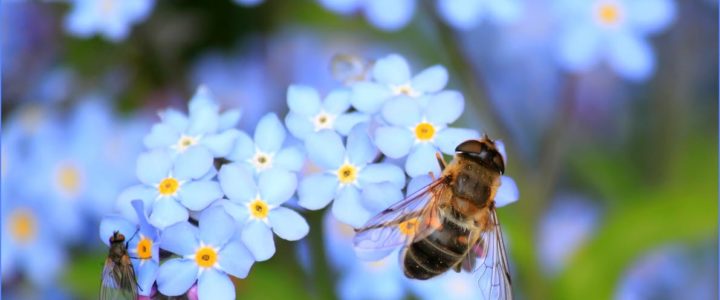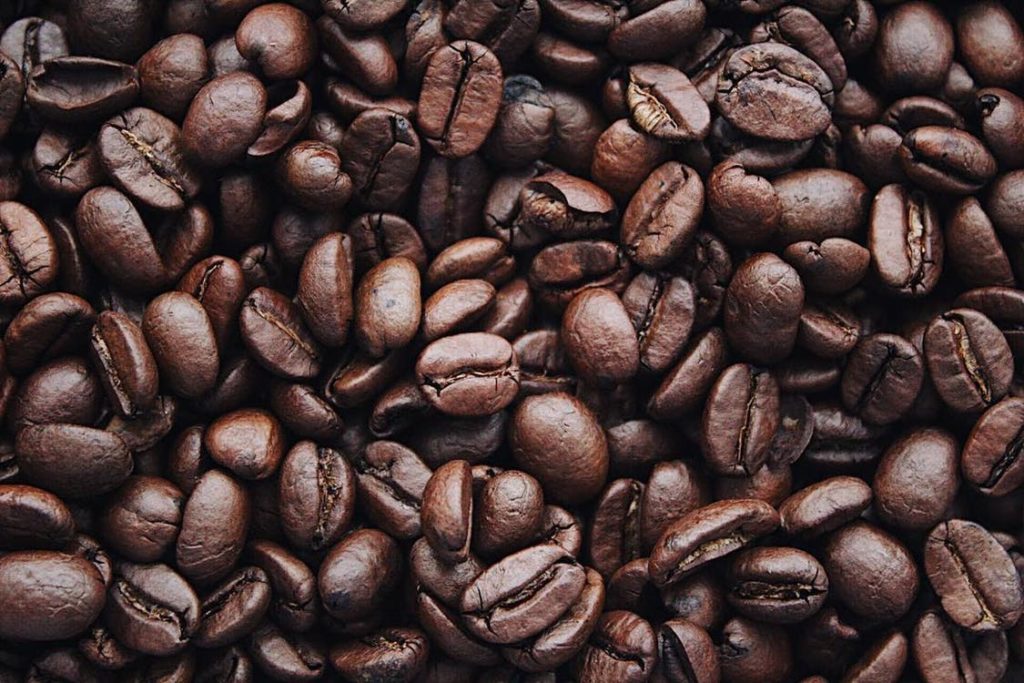
Why is pollination relevant to humans? Well, that morning coffee you might have enjoyed only existed because of pollinators. Simply put, we rely on pollinators for foods and beverages. In fact, globally approximately 1,000 plants that are grown for food, beverages, fibers, and medicines require pollinators in order to produce. Besides coffee, these foods and beverages that require pollination include almonds, blueberries, chocolate, melons, apples, peaches, potatoes, and vanilla.

To better gage the necessity of pollinators to our survival, here are some facts about pollinators. In the United States, pollination by honey bees, native bees, and other insects produces $40 billion worth of products each year. 150 food crops in the United States are dependent on pollinators and these include almost all fruit and grain crops; more than half of the world’s diet of fats and oils come from animal-pollinated plants (e.g. oil palm, canola, and sunflowers). Pollinators are vital to the reproduction of flowering plants, which utilize the carbon dioxide produced by plants and animals when they respire thereby producing breathable oxygen. Lastly, 75% of an estimated 1,300 types of plants grown around the world for foods, medicines, spices, condiments, and fabric need pollinators.
What exactly is pollination?
Pollination occurs when pollen is transferred within flowers or carried from flower to flower by pollinating animals or by the wind. In other words, the process is the transfer of pollen or nectar from the male parts to the female parts of the same or another flowering plant and pollinators help facilitate this process. About 80% of the world’s flowering plants—including one-third of our food crops—depend on animal pollinators to reproduce. Pollinators include animals such as birds, lemurs, bees, bats, possums, lizards, beetles, skinks, butterflies, or moths. Many species of animals can be pollinators for a wide range of different plants. For example, in Madagascar lemurs (also the world’s largest pollinator) are the only pollinators for a few species of trees as they transfer pollen from tree to tree and feed on nectar-rich flowering plants. The Noronha skinks in Brazil help pollinate the leguminous mulungu tree, and the honey possums of Australia pollinates the flowers of banksia and eucalyptus flowers. Flying insects, though, are the most common pollinators.
It is clear, pollinators are vital for ecosystems and agriculture. Most plant species rely on pollinators to reproduce, and humans rely on pollinators for their food and to sustain our ecosystems. Pollinators, however, are in trouble worldwide because pollinators have suffered from habitat loss, chemical misuse, diseases and parasites, and the introduction of invasive plant and animal species. The United States has lost over 50% of its managed honeybee colonies over the past decade.
How can we help our pollinators?
We can still protect pollinators, however, by planting and gardening. Research shows that the survival of pollinators relies on the diversity of plants. Creating home gardens is an amazing way you can promote the safety of pollinators because home gardens provide a rich nectar, sugar, source. Moreover, a UK study published in the Journal of Ecology found that urban areas serve as an extremely rich food reservoir for pollinating insects like bees and wasps. Individual gardeners therefore have significant roles to play in pollinator conservation because ornamental plants (i.e. plants that are typically non-native in origin) are a crucial source of nectar in towns and cities. The study found that home gardens that are located within towns and cities account for 85% of the nectar rich liquid that gives pollinators energy and hence these home gardens contain the most diverse supply of nectar.

So, when gardening to attract pollinators, it is best to use a variety of plants and choose the right location. You should consider if the plant you will get grows best in a sunny or shady location, and what soil type the plant is best suited for. Planting in clumps instead of single plants helps pollinators find flowering plants. Plants native to your region are recommended because they have adapted to the local climate, soil, and native pollinators. Native plants also require less maintenance and tend to be heartier. It is also recommended to avoid modern hybrid flowers because plant breeders have left the pollen and nectar out of these blossoms. Eliminating pesticides when possible is important when gardening because they prove to be especially toxic to bees, but if you must use them read the labels carefully and try to spray at night when bees and other pollinators are not active. You can also provide a hummingbird feeder in your garden to attract pollinators when you can make your own artificial nectar with four parts water to one part of table sugar—not artificial sweeteners like honey or fruit juices. With spring just around the corner, it is the perfect time to plan your garden and help protect our vital pollinators!





